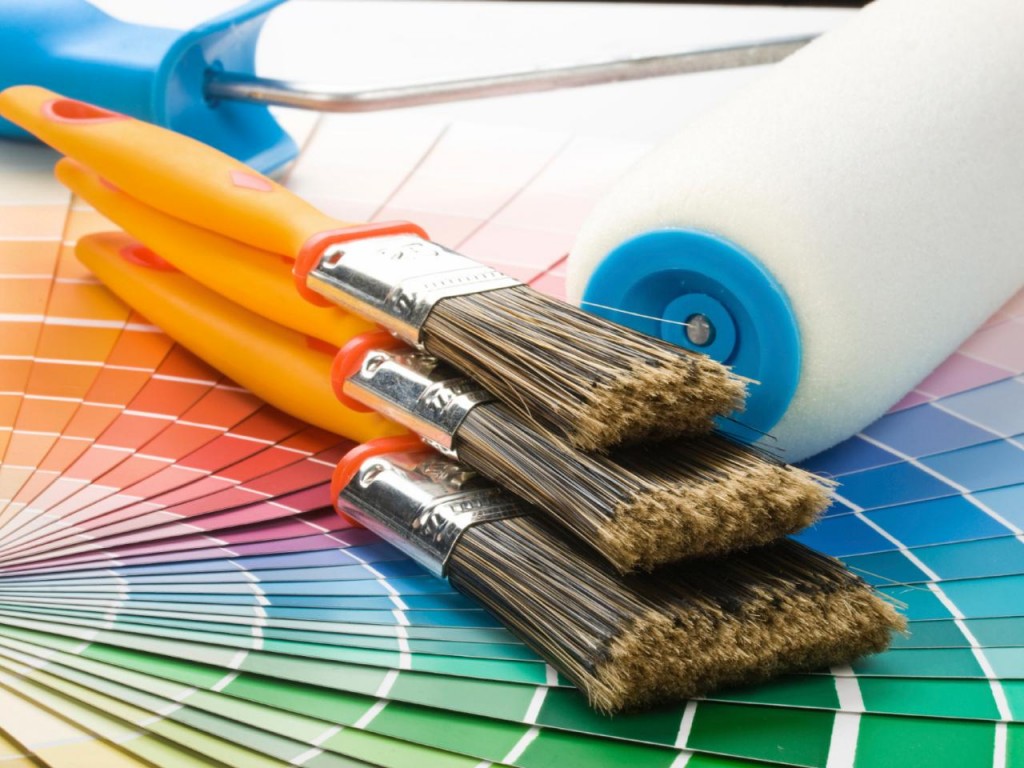Even the very best paint brushes are not going to cost the earth. However, for professional decorators, the cost of replacing such tools on a regular basis can very quickly add up and take a very hearty bite out of the potential profit that can be made from simple jobs. Therefore, the importance of keeping decorating tools in top condition should not be overlooked – and nor should the importance of buying the right tools in the first place.
For great brushes to stay great, any decorator or handyman will need to ensure that they pay attention to the way in which they treat their brushes before, during and after each job they carry out. The right brushes, when treated well, can last for years as opposed to the few days a poor quality brush will last when it is not looked after in the right way.
Before the Job
As such, be sure to buy your paint brushes from companies that specialise in professional decorating supplies. Not only will quality brushes last longer and in turn represent a far better investment, but high-quality brushes will also make the process of decorating far easier for you, ensuring that paint is retained and applied more effectively and that handles are far more comfortable too.
Before You Start
Once you have the right brushes, you need to ensure that you keep them in the best possible condition. From here, it is all about keeping brushes clean and this process will start before you even apply your first spot of paint.
Wetting the brush before you paint is very important, moistening the bristles with water if you are using a water-based paint or paint thinner if you are using oil-based supplies.
During the Job
Once a job is underway, don’t assume that cleaning up should always happen at the end of the day. By taking the time to periodically clean your brushes throughout the day, you are not only likely to get a more even application of paint, but you are also likely to dramatically reduce the chances of bristles getting clogged up. It is also well worth wrapping your bushes up in plastic and keeping them out of the sun during any periods when you will not be using them.
At all points during the decorating process, from the application of product to the cleaning of bristles, avoid pressing too hard or you may find you damage the bristles.
Once You Have Finished
When it comes time to clean your paint brushes, always try to remove as much excess paint as possible before you wash them. Find areas of wall that still need painting or use old pieces of wood and card to lightly wipe your brushes over. Once you have removed as much paint as you can without cleaning products, it is time to get a container and fill it with soapy water (for water-based paints) or paint thinner (for oil-based alternatives).
Move the brush back and forth through the liquid, avoiding turning it upside down or bending the bristles. This simple process should remove almost all of the paint in no time at all. When you think you have cleaned your brush completely, try dipping it in fresh liquid. If the liquid remains clear, you will have removed the majority of the paint. Now, suspend your brush in the clear liquid, ensuring it doesn’t touch the bottom, and leave it to soak for a number of hours. From here, a fine comb can be used to remove paint from the heel and straighten the bristles.
Once your brushes have dried, you will be amazed at how much more effective they are the next time you use them and just how much longer they will last, allowing you to do a great job, every time, and all at the minimal possible cost.
Author Bio: Adam Howes is a freelance writer and blogger. He regularly writes articles about decorating supplies, visiting websites such as www.trade1st.co.uk to stay up to date with all the latest industry news and developments.

